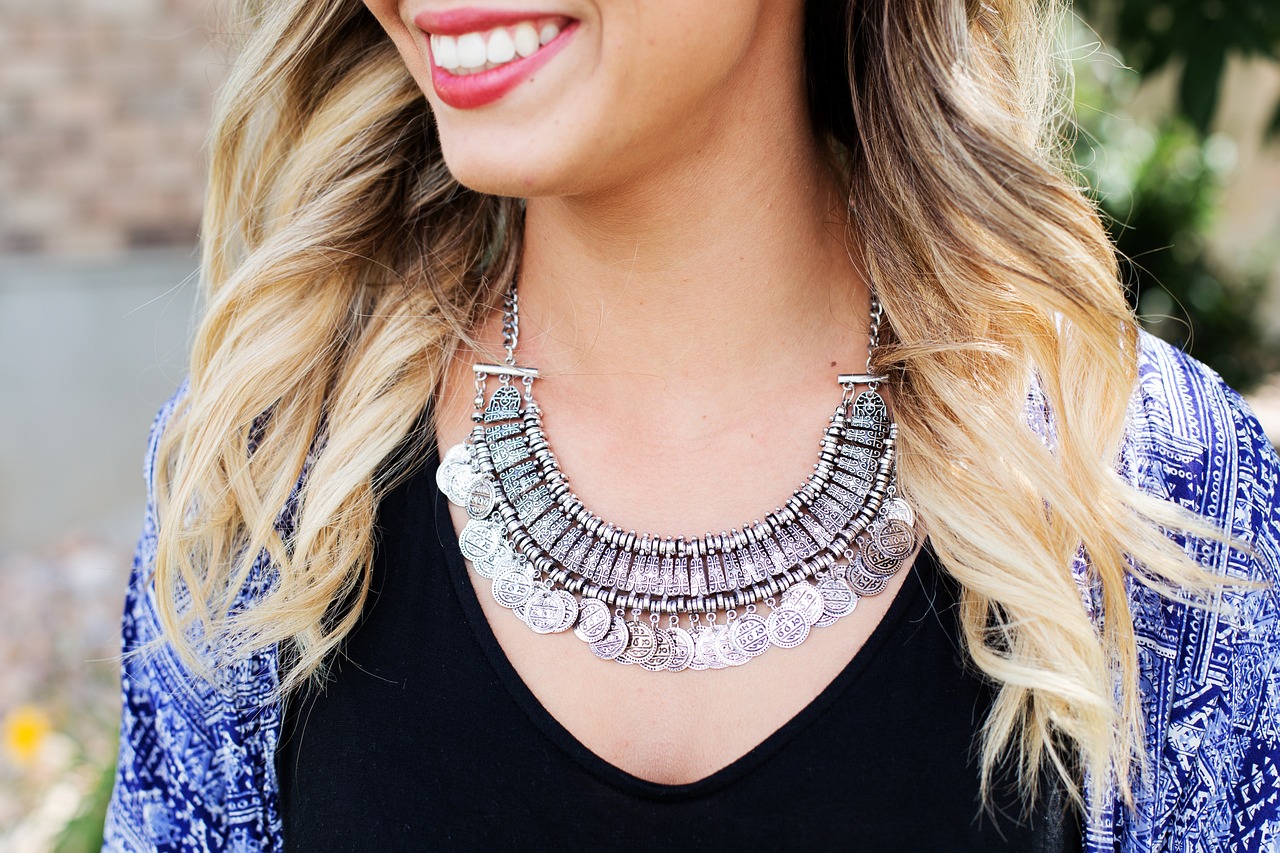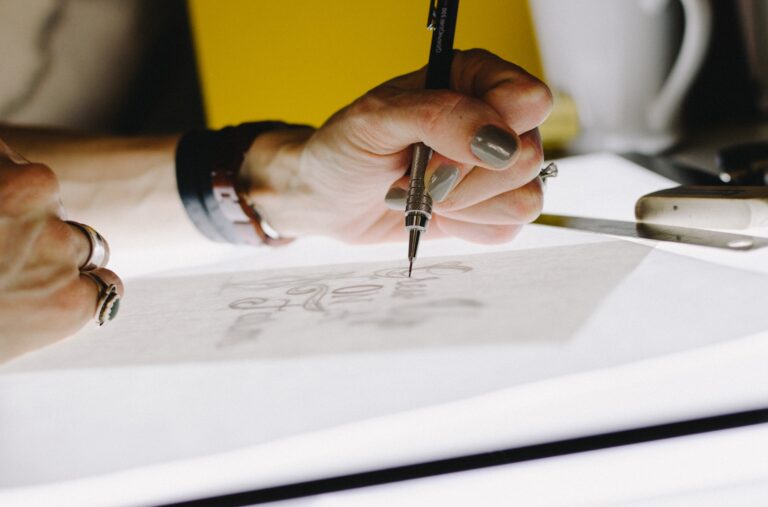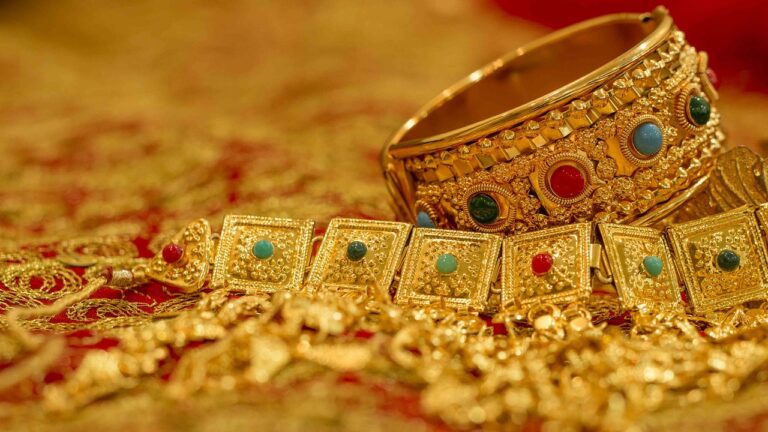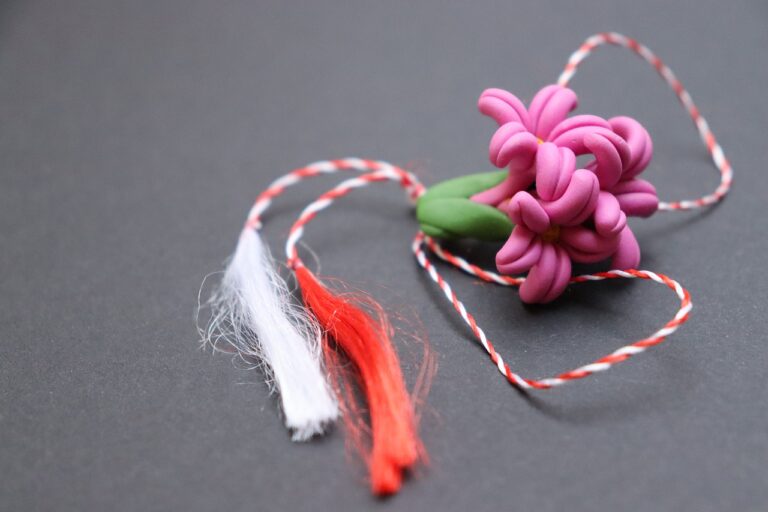What is the best way to create your own Silver Jewellery?
Silver jewellery making is an ancient art that has been practised for centuries. The process of creating silver jewellery involves a combination of creativity, skill, and precision. From simple designs to intricate pieces, silver jewellery making has evolved over time to become a highly respected craft.
The art of silver jewellery making involves a variety of techniques, including casting, soldering, and forging. Each technique requires a different set of skills and tools, and the process can be time-consuming and challenging. However, the end result is a piece of jewellery that is unique and beautiful, reflecting the creativity and skill of the maker.
Creating silver jewellery is not only a way to express creativity but also a way to preserve an ancient craft. With modern technology and tools, the process of silver jewellery making has become more accessible and efficient. However, the traditional techniques and skills that have been passed down from generation to generation continue to be an integral part of the craft.
History of Silver Jewellery Making
Silver has been used to make jewellery for thousands of years. The ancient civilizations of Egypt, Greece, and Rome all used silver to create beautiful pieces of jewellery. In fact, silver was considered more valuable than gold in some ancient cultures.
During the Middle Ages, silver jewellery-making became a popular craft in Europe. Skilled craftsmen would create intricate designs using silver wire and sheet metal. Many of these pieces were adorned with precious stones and pearls.
In the 19th century, the discovery of large silver deposits in the Americas led to a boom in silver jewellery making. This period saw the rise of mass-produced silver jewellery, which was more affordable and accessible to the general public.
Today, silver jewellery making is still a popular craft around the world. Skilled artisans create unique designs using traditional techniques, while modern technology has made it easier to produce high-quality pieces on a larger scale.
Whether it’s a simple silver ring or an intricate necklace, silver jewellery has a timeless beauty that continues to captivate people around the world.
Understanding Silver as a Material
Types of Silver
Silver is a precious metal that is widely used in jewellery making. There are several types of silver that are commonly used in jewellery making. These include:
- Fine Silver: Fine silver is the purest form of silver. It is 99.9% pure and is very soft, making it easy to work with. Fine silver is not commonly used in jewellery making because it is too soft and can be easily scratched or damaged.
- Sterling Silver: Sterling silver is an alloy of silver and other metals, usually copper. It is 92.5% silver and 7.5% other metals. Sterling silver is a popular choice for jewellery making because it is durable and easy to work with.
- Argentium Silver: Argentium silver is a type of sterling silver that contains a small amount of germanium. This makes it more resistant to tarnishing than traditional sterling silver. Argentium silver is also more durable and easier to work with than traditional sterling silver.
Properties of Silver
Silver has several properties that make it an ideal material for jewellery making. These properties include:
- Malleability: Silver is a very malleable metal, which means it can be easily shaped and formed into different jewellery designs.
- Ductility: Silver is also very ductile, which means it can be drawn into thin wires. This makes it ideal for making delicate jewellery pieces.
- Luster: Silver has a bright, shiny luster that makes it very attractive. This luster is due to the way that light reflects off the surface of the metal.
- Tarnish Resistance: While silver can tarnish over time, it is relatively resistant to tarnishing compared to other metals like copper or brass.
Overall, silver is a versatile and beautiful material that is perfect for jewellery making. Its unique properties make it easy to work with and create stunning designs that will last for years to come.



